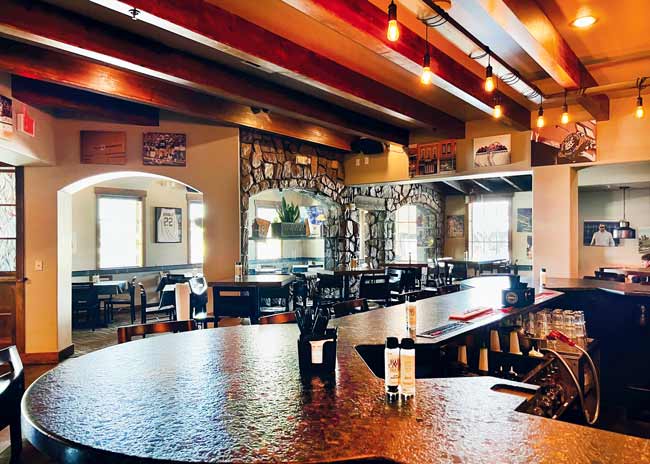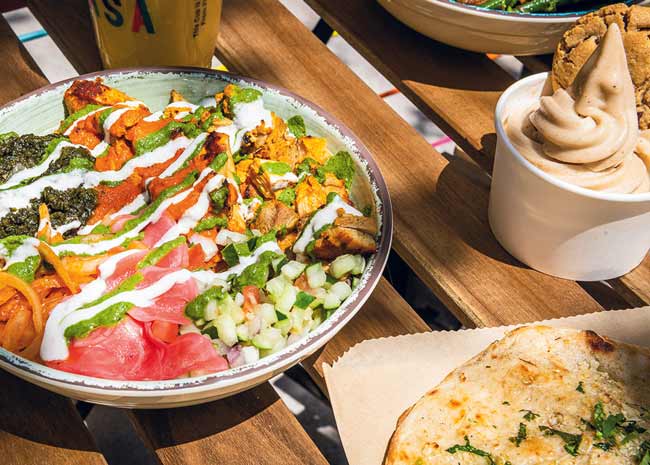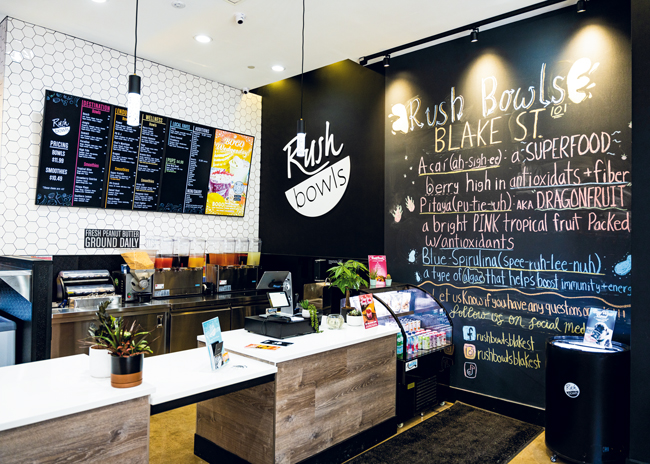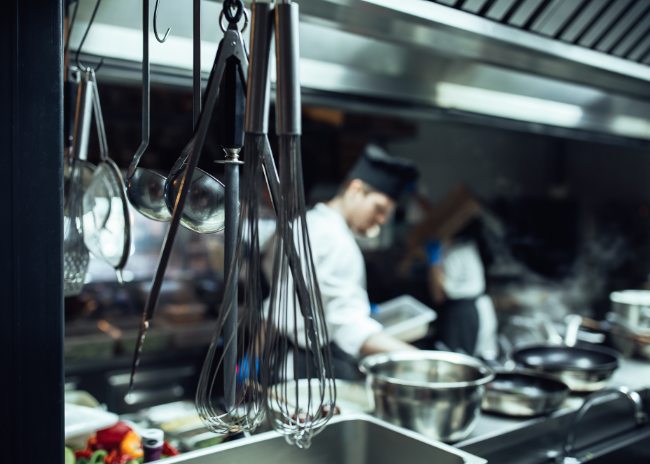Experienced technicians share notes on equipment, service and more
Rib & Chop House aims to grow by offering the best dining experience in towns with fewer than 200,000 people.
Well-designed self-serve beverage stations can reduce labor and enhance the customer experience.
The first two documented Indian restaurants in the United States were established more than a century ago in New York City.
As bowl concepts rapidly expand and near maturity, operators are finding new ways to keep their restaurants fresh.
Restaurants are increasingly incorporating menu items, experiences and more that unify under the premise of local community.
Nikki Freihofer, strategy director at The Culinary Edge (TCE), a fast-food and beverage innovation agency, tracks industry trends to help new restaurants jumpstart their brands while helping existing ones refresh and amplify their menu offerings.
With the National Restaurant Show almost upon us, we expect to see a plethora of new technologies and innovations. One thing we know we’ll see is an influx of electric equipment.
The summer heat and humidity bring added demand on foodservice equipment. While this is most clearly seen in tourist destinations that see a spike in traffic, it’s a fact for basically all operations.
Today, casino restaurants are more of a draw rather than the afterthought they may have once been. The cheap, old-school buffets of the past have given way to higher end, full-service, chef-inspired restaurants that are more of a destination.
A quartet of foodservice consultants share how they see foodservice design and equipment solutions evolving to meet the challenges of the day.
Though commonly referred to as cold prep stations, these areas can serve multiple functions.
Logistics guide efficiency, speed of service and design
Category grows number of units and brands
Schools reassess menus and equipment packages, plus take a closer look at from-scratch cooking.
The National Restaurant Association identified “swicy” foods, a combination of sweet and spicy flavors, as one of its top culinary trends for 2023.



















